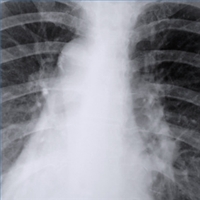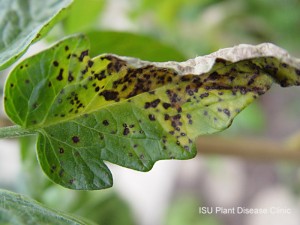January 14, 2011
by Trish S
0 comments
Most commonly, molds affect many people by allergenic reactions. Symptoms include nasal stuffiness, eye irritation, sneezing, wheezing, and skin irritation. However, many people report more severe reactions to mold. These symptoms go beyond the basic skin and respiratory irritations to include fever, and asthmatic attacks. Chronic lung disease, such as obstructive lung disease, develop mold infections inside of the lungs. The 2004 Institute of Medicine found evidence to link upper respitory diseases to otherwise healthy individuals.

Mold in lungs.
More information available at Center for Disease Control.
Mold Remediation
January 7, 2011
by Trish S
0 comments
In October, 2007, European specialists met in Bonn in order to discuss the problem of microbial pollution. Indoor pollution is caused by hundreds of species of bacteria and fungi, but most particularly filamentous fungi—mould. The Guidelines for Indoor Air Quality: Dampness and Mould discusses the most recent scientific evidence on health problems caused from mould which concludes that exposure to indoor pollution causes increased respiratory problems, allergies, and asthma, as well as agitation of the immunity system. This document also discusses common conditions in which mould thrives and ways to control it. The best way to avoid health issues due to microbial pollution is to prevent excessive moisture from accumulating visible or within walls and foundations.

European Health Minister at 60th regional meeting in Moscow (September, 2010)
More Information available at World Health Organization.
Mold Remediation
December 23, 2010
by Trish S
0 comments
In a natural environment, mold is part of the nature’s cyclical process. Mold works to break down organic material, which is great if you are creating homemade organic mulch for your garden. However, in your home, this is not necessarily a good thing. Mold reproduces by microscopic airborne spores. When these spores blow into the house and land on dusty surfaces or organic material (wood, paper, fiber, clothe, etc.), they continue to cultivate. Warm moist areas are best at culturing mold, but any form of moisture will work.

Wet conditions favor the development of fungal blights of tomato. Mold is everywhere.
(Photo available from ISU Plant Disease Clinic)
Information found at Environmental Protection Agency.
Mold Remediation


